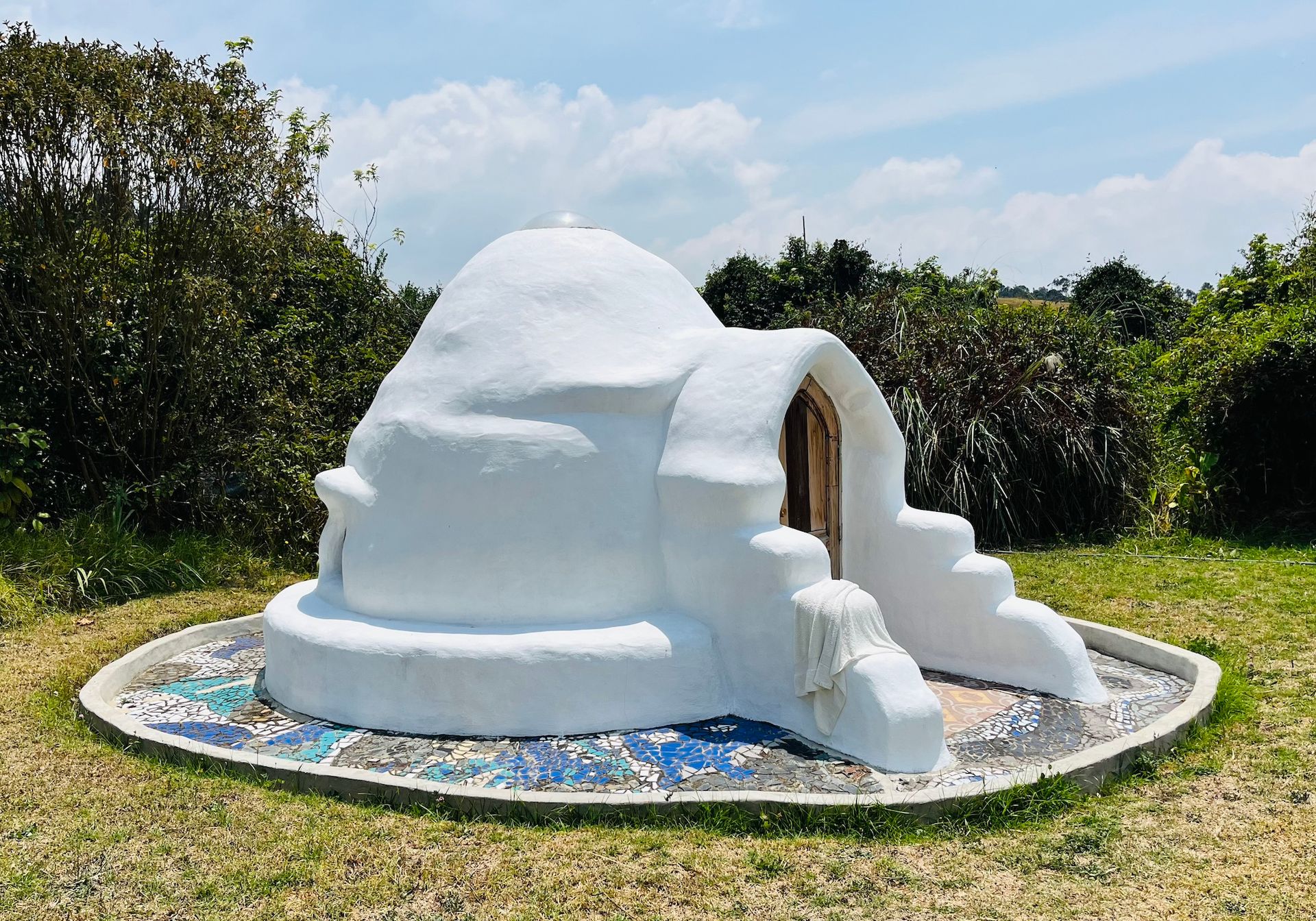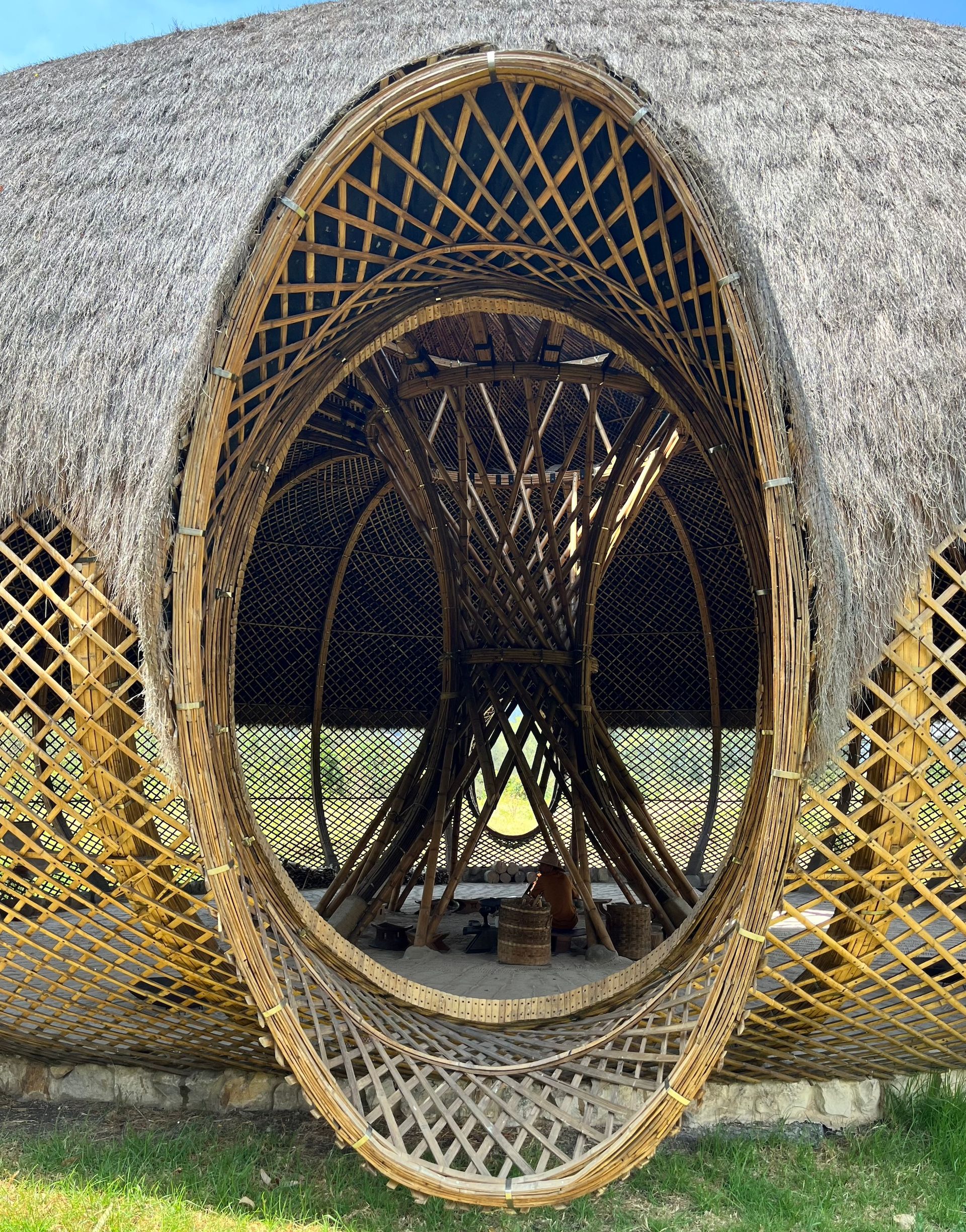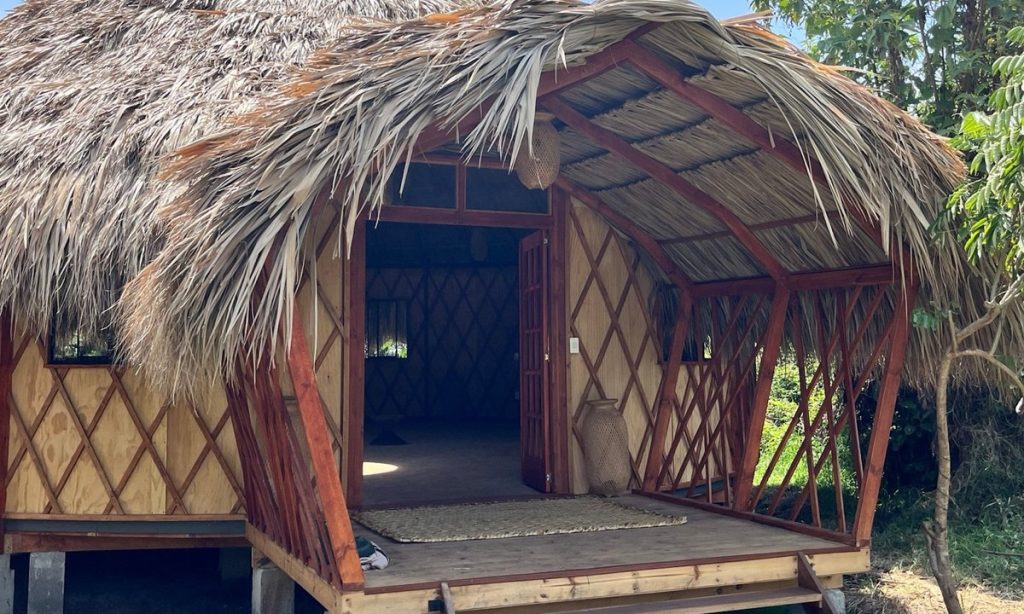Organizmo Foundation the definition of what an architect does turns on itself. Working with the built environment, it is not an architectural firm, but “an agent of horizontal dialogue”, as its founder, Ana María Gutiérrez, has said. Art Newspaper. Especially in collaboration with indigenous communities, Gutiérrez believes that his place is to “orchestrate”, not to teach. With a focus on sustainability, the Colombian organization hopes to help remove the stigma associated with using folk traditions and deconstruct colonialism in the process; the experts here are people who know the land, the plants and how to build with it. already there
Fundación Organizmo’s first step in carrying out a new project is to facilitate a dialogue with the community about what it needs – better cooking conditions, a place to gather, a building to facilitate storytelling, anything. Once the needs are clear, the local artisans, experts and leaders take the lead. Fundación Organizmo is there for ideas and support, and it’s all about empowering communities to work with their traditional knowledge and vernacular architecture. Gutiérrez says that important considerations are “understanding the life cycles of the materials that can be used and taking guidelines from the ecological calendar of the territory”.

Earthbag structure in the Foundation’s Organizational Center Steven Kaminski
The area that Fundación Organizmo calls home, called the Center, is an hour from Bogotá and an architectural fantasyland. It is a place where Gutiérrez and his team gather what they have learned from indigenous communities and share that knowledge with others. At the center, community leaders meet and discuss shared problems, while outsiders learn about and learn about pre-colonial building techniques.
The center is located on farmland previously owned by Gutierrez’s grandfather. Over the past 14 years, the farm has been replanted in a forest and meadow, with unique and fantastical structures dotting the landscape. There are small earthen envelope buildings shaped like massive coiled pots—a technique Gutiérrez learned from Iranian-American architectural pioneer Nader Khalili. Other structures are made of mud bricks and thatched roofs. They are fully functional homes with composting toilets, sheltered from the elements and beautiful interior frescoes. The center features a self-built gray water system, a geodesic domed office space and a sprawling bamboo structure with a sand floor and a fire burning in the center. Gutiérrez refers to it as a “house of thought” where visitors can cathartically scatter tobacco leaves into the fire.

The window to the House of Thought at the Fundación Organizmo center Steven Kaminski
In addition to the buildings dotting the landscape, the Organizmo Foundation is re-introducing local plant species with the aim of improving the site’s ecological systems. This process is an example of what Gutiérrez describes as “listening to different languages”, not just human and architectural needs. It is also an example of the holistic way Gutiérrez and his team treat the concept of regeneration.
Gutiérrez is not convinced that there can be commercial applications of what he is learning and spreading at Fundación Organizmo. However, he is a classically trained architect who once practiced in New York, so perhaps there is still hope for a revolution in sustainable architecture.


